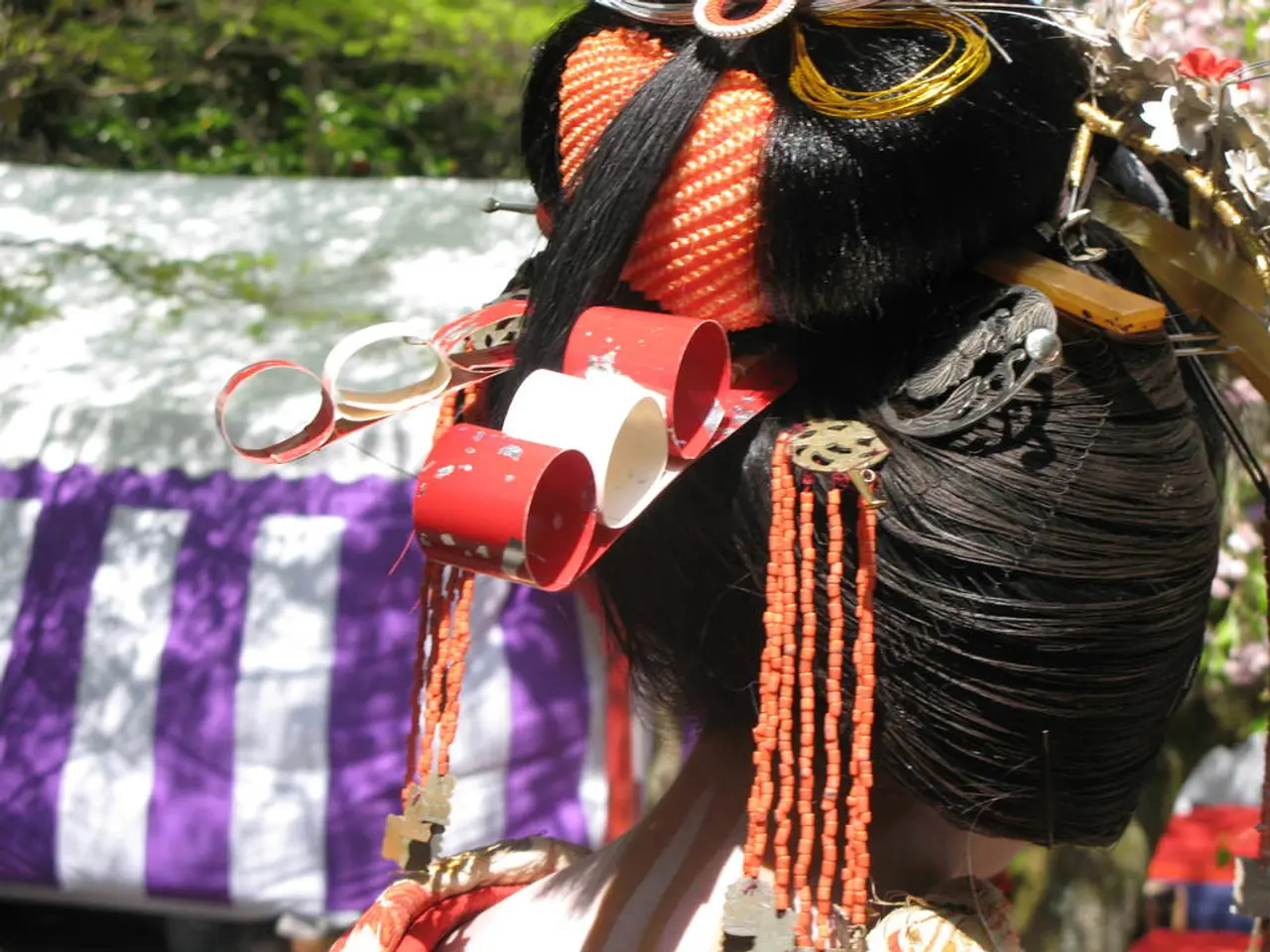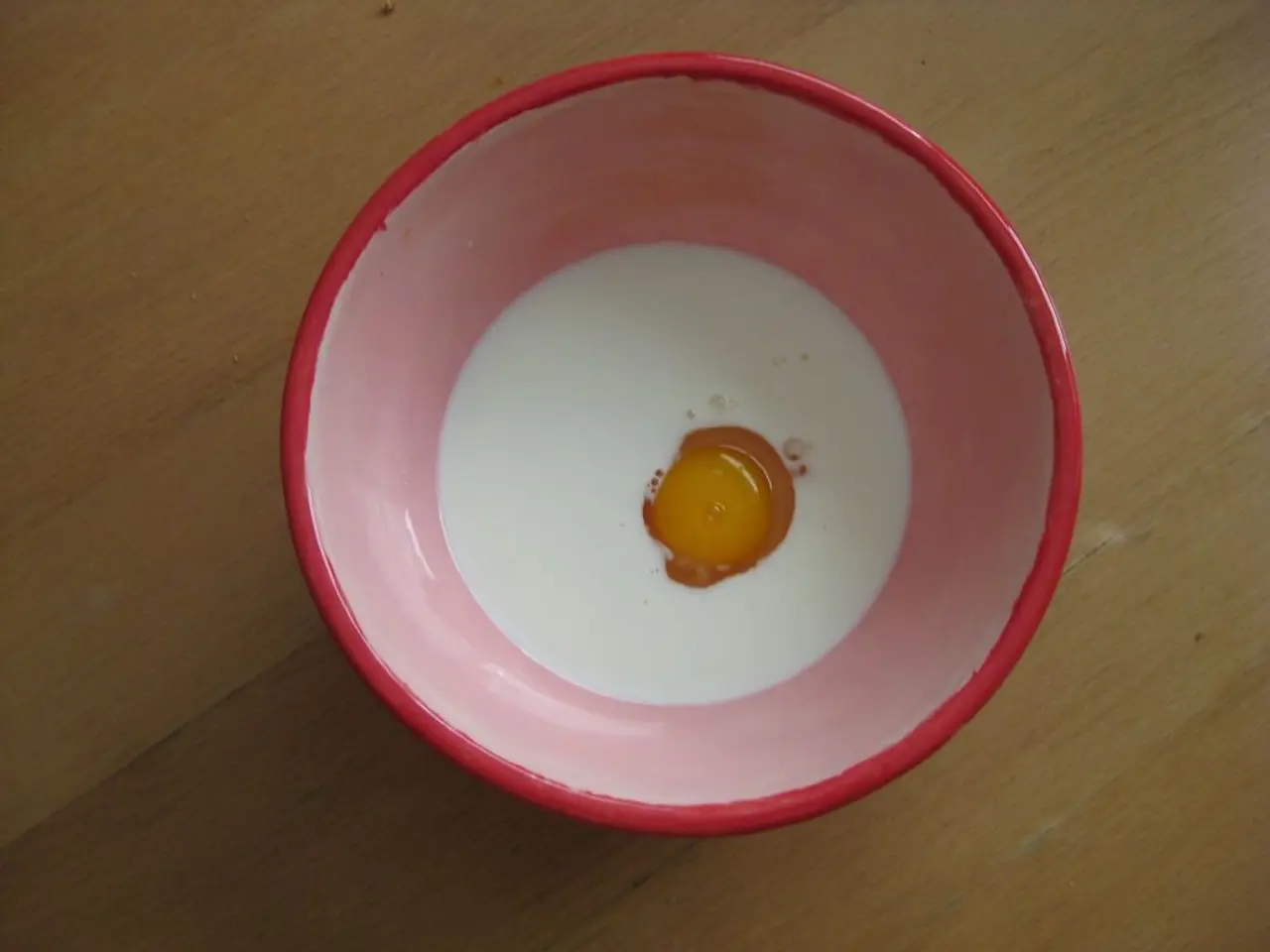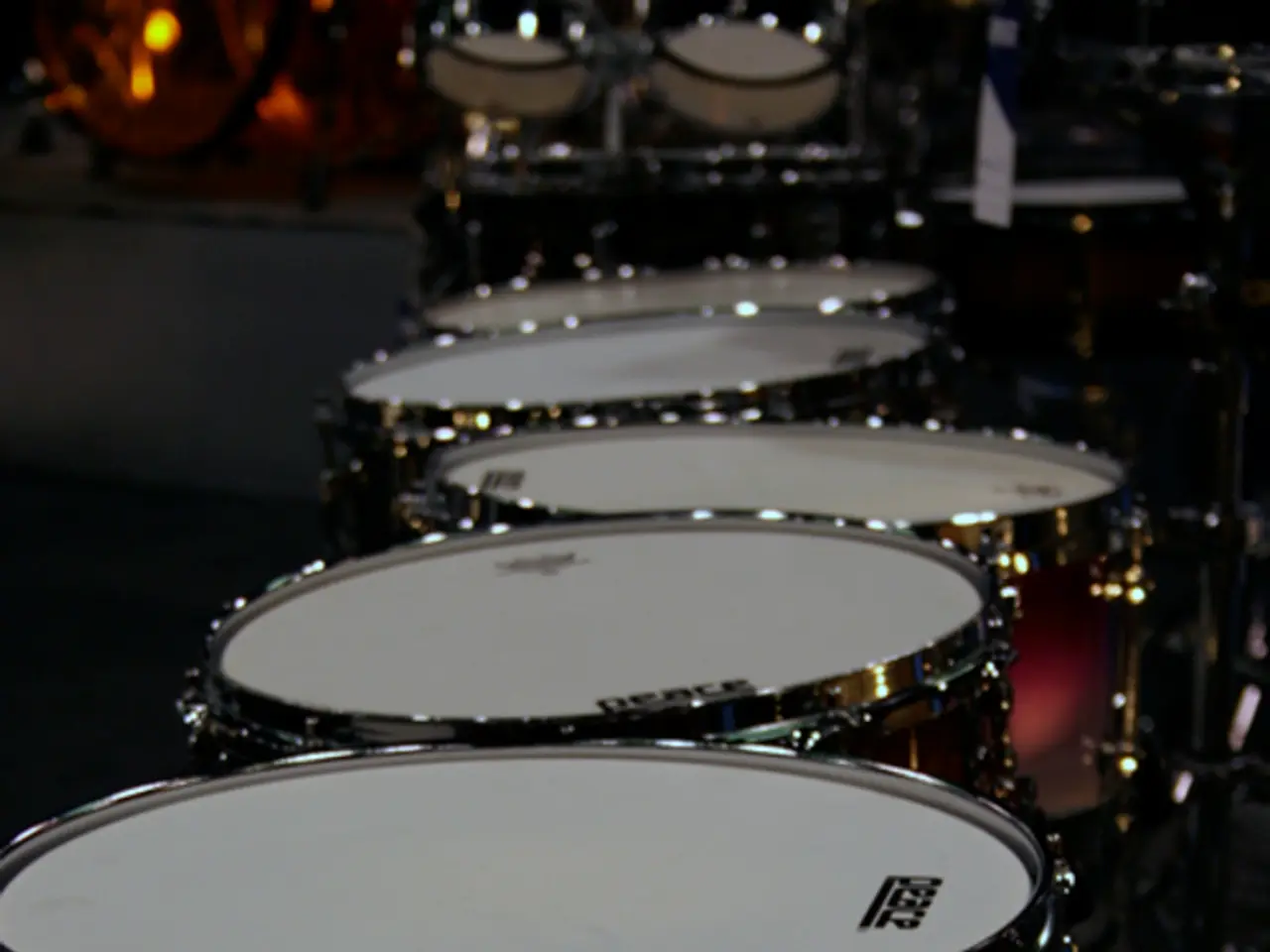Hair Loss from Repeated Traction: Understanding Causes, Solutions, and Preventive Measures
Traction alopecia, a form of hair loss caused by repeatedly pulling the hair in the same way, is becoming a growing concern among individuals who wear their hair tightly pulled back or use tight headwear. This condition, common among ballet dancers and sports professionals, can also affect people of all professions and ethnicities.
Prevention is key when it comes to managing traction alopecia. To prevent this condition, it's essential to avoid tight hairstyles that pull on the hair and strain the scalp, such as tight ponytails, buns, braids, cornrows, dreadlocks, or heavy extensions. Instead, opt for low tension styles like loose buns or ponytails.
Another prevention tip is to alternate hairstyles frequently, allowing different areas of the scalp to rest and recover. Using gentle hair accessories, like soft fabric ties or scrunchies, instead of tight rubber bands or elastic bands can also help reduce tension on the hair.
For those who prefer braids or dreadlocks, choosing thicker styles can help reduce the pull on individual hair strands, lowering the risk of traction alopecia. Limiting chemical treatments and heat styling is also advised, as these can weaken hair and increase susceptibility to damage.
When it comes to treatment, early intervention is critical. Traction alopecia is reversible in its early, non-scarring phase if the source of tension is removed promptly. Topical treatments like minoxidil may help stimulate new hair growth if applied early.
For permanent hair loss due to follicle scarring from prolonged traction, surgical options such as hair transplantation may be considered. Maintaining good nutrition, managing stress, and addressing any underlying health issues through blood tests and targeted supplementation (e.g., zinc, iron) support hair regrowth.
Scalp massage can improve circulation, and protective hairstyles can help reduce ongoing tension. Moisturizing and anti-itch treatments can help prevent further damage for those who experience scalp sensitivity from braiding or tension.
In summary, the best approach to managing traction alopecia is to minimize tension on the hair follicles by avoiding or modifying tight hairstyles, maintaining gentle hair care practices, and addressing early symptoms promptly to prevent permanent follicle damage. For advanced cases, medical treatments and surgical options may be necessary.
In the realm of health-and-wellness, incorporating a gentle skin-care routine for haircare is essential to prevent conditions like traction alopecia, which can be caused by tight hairstyles and repeated pulling. To maintain healthy hair, opt for loose hairstyles and use gentle hair accessories that reduce tension on the scalp, such as selecting thicker braids or choosing soft fabric ties instead of elastic bands.




